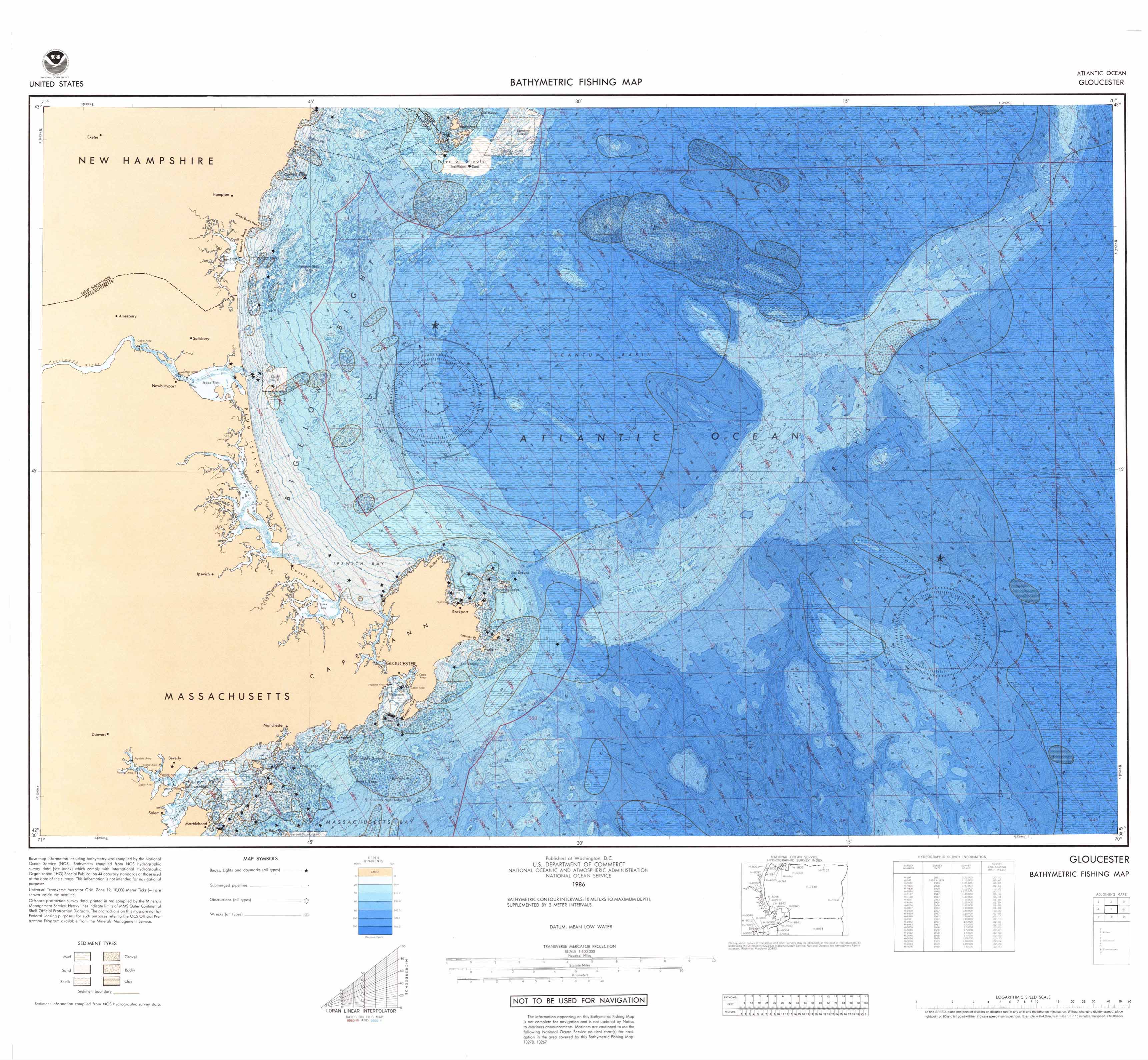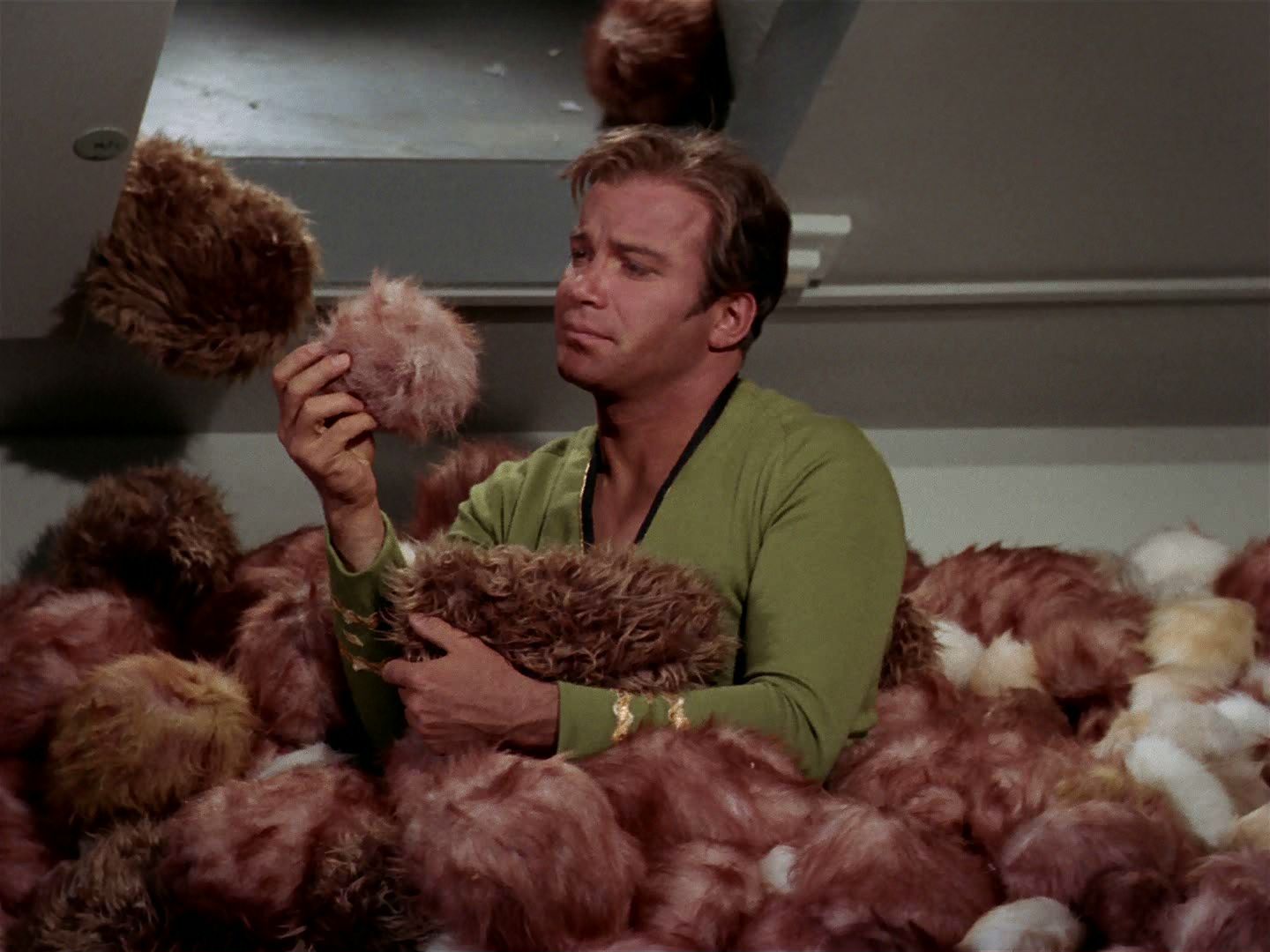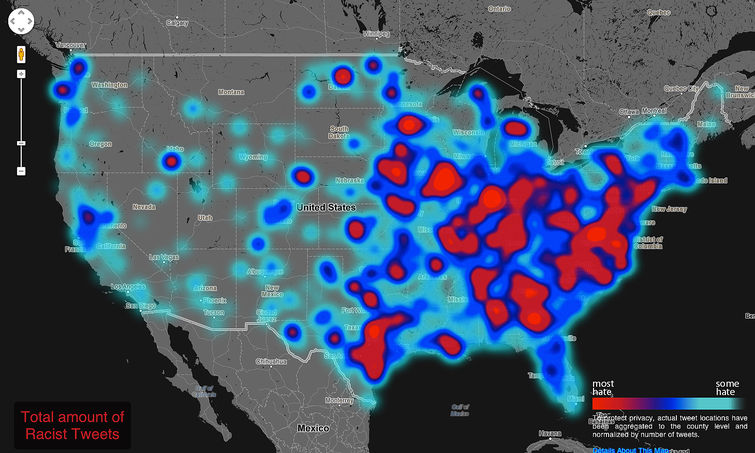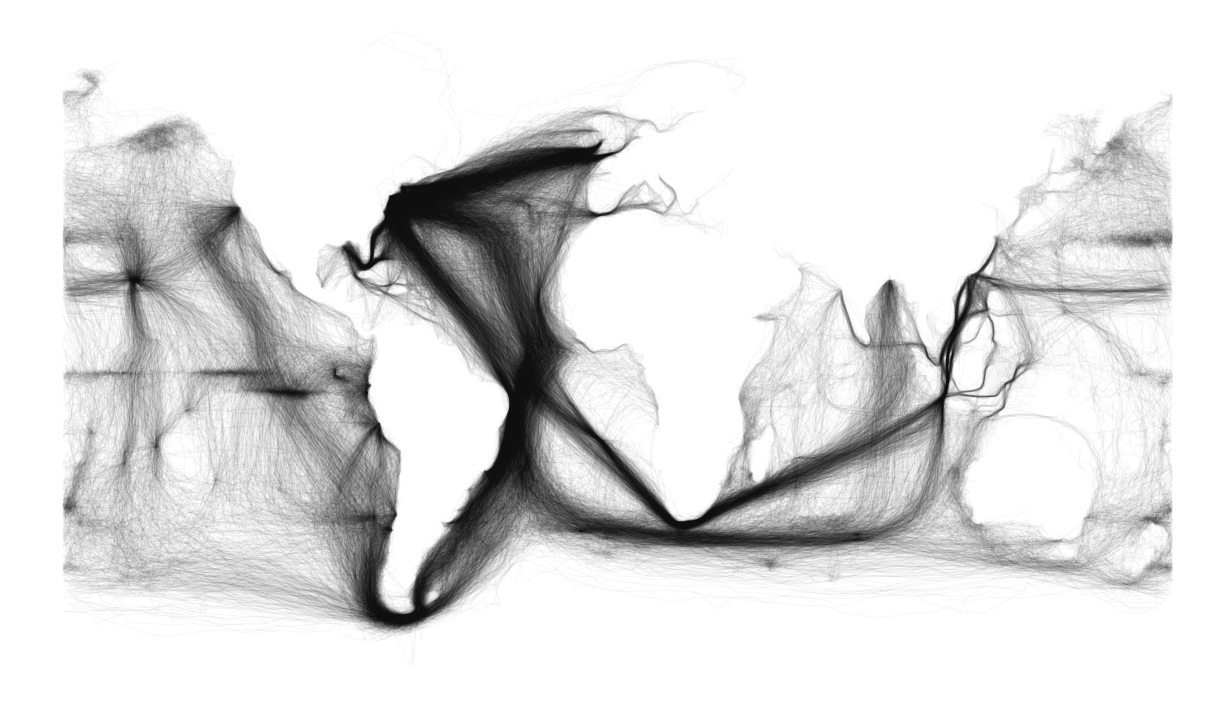Map Geeks Anonymous
Monday, December 16, 2013
Quantile Versus Natural Breaks
The above map depicts changing the way the data is broken up can change how a map ends up looking. Due to where I made the natural breaks on the second map, there ending up not being a stark difference. However there are a few states here and there that move from one data break to another (such as Hawaii, Maine, and Oklahoma).
Wednesday, December 11, 2013
Final Project Map
After a lot of back and forth, below is my final map. Unlike the previous draft map I posted, this map specifically looks at which states have the most active brewer permits, and where the top ten craft breweries are located. The states on the high end of the spectrum for active brewer permits also tend to host one or more of the top craft breweries.
I decided to change the data of my map because I felt that using beer consumption per cpaita would be a bit misleading (per capita meant it would be skewed by states with higher densities). The choropleth data was divided up using natural breaks, given the huge extremes from 2 brewer permits to 332 brewer permits.
After having so much fun collecting the data and creating this map, I think my next endeavor will be creating a map looking at how much each state's beer industry has grown or not grown (because amazingly enough, there is data for that).
Monday, December 9, 2013
Extra Credit Option #2
This semester in digital cartography has produced some pretty awesome maps. Below is my ranking of the maps that really stood out.
 This map was chosen because of its unity of theme (farm land) throughout the entirety of the map. From the background, to the proportional symbol choice, typeface, and even the north arrow used. This map screams farms.
This map was chosen because of its unity of theme (farm land) throughout the entirety of the map. From the background, to the proportional symbol choice, typeface, and even the north arrow used. This map screams farms.  The radiating background initially draws the eye in, but what really caught my eye about Cory's map was the data and where he decided to distribute his dots.
The radiating background initially draws the eye in, but what really caught my eye about Cory's map was the data and where he decided to distribute his dots.  Particularly striking about this map is the title's underline and how Nicole created a pattern to incorporate with the legend border.
Particularly striking about this map is the title's underline and how Nicole created a pattern to incorporate with the legend border.  A fun map utilizing cartoon heads of the 2012 presidential candidates.
A fun map utilizing cartoon heads of the 2012 presidential candidates.  This map screams Irish, from the "Proud to be Irish" icon to the green background. The maps's elements give it a very fun feel.
This map screams Irish, from the "Proud to be Irish" icon to the green background. The maps's elements give it a very fun feel.  This map is pretty neat due to it's projection and the cartographer's use of negative space to really force the data into the forefront.
This map is pretty neat due to it's projection and the cartographer's use of negative space to really force the data into the forefront.  I love this dot density map. It has the feel of a surging hurricane.
I love this dot density map. It has the feel of a surging hurricane.  A map showing Ptolmey's perspective of the known world at his time (1451-1500)
A map showing Ptolmey's perspective of the known world at his time (1451-1500) Jared's color map find was certainly interesting. The cartographer's use of warm colors in the south and cooler colors in the north it kind of striking.
Jared's color map find was certainly interesting. The cartographer's use of warm colors in the south and cooler colors in the north it kind of striking.  Bathymeteric maps always prove interesting because maps of the ocean are usually outranked by maps depicting the land.
Bathymeteric maps always prove interesting because maps of the ocean are usually outranked by maps depicting the land.
The Trouble with Trimbles
Let's talk about making maps with Trimbles, which is this cool gadget:

Not these little furry guys:

So what exactly is a Trimble? In simple terms, it's a mobile GPS unit for data collection in the field. Points, lines, polygons, this GPS bad-boy can do it all. That said, what is the trouble with Trimbles? Two words: satellite reception. If the unit has not established at least 3 satellite connections, you're going to have a bad time. Have no fear though! Like all technology there are usually some tips and tricks to make your Trimble cooperate:
When your Trimble is happy and decides to work, it can help you collect the data to produce some neat maps, such this one a few classmates and I created for our Field Mapping Techniques course:


Not these little furry guys:

So what exactly is a Trimble? In simple terms, it's a mobile GPS unit for data collection in the field. Points, lines, polygons, this GPS bad-boy can do it all. That said, what is the trouble with Trimbles? Two words: satellite reception. If the unit has not established at least 3 satellite connections, you're going to have a bad time. Have no fear though! Like all technology there are usually some tips and tricks to make your Trimble cooperate:
- Speak to the Trimble softly. Yelling at it out of frustration will get you nowhere. Seriously though, be gently with the Trimble.
- If the Trimble is not collecting data (such as a linear feature you're trying to record), pop a squat and chill for a little bit. It probably lost satellite reception and is working really hard to establish more satellite connections, because the Trimble really, really wants to help you in your data collection endeavors.
- When you're tired of waiting, turn the Trimble unit off and on. Sometimes the Trimble forgets how to be a Trimble and it needs a little restart.
When your Trimble is happy and decides to work, it can help you collect the data to produce some neat maps, such this one a few classmates and I created for our Field Mapping Techniques course:
Saturday, December 7, 2013
Work in Progress Preview
Here's an image of my unfinished map. Still debating the choropleth color ramp, with lighter yellow representing a low beer consumption (gallons) per capita, and the reddish orange representing high beer consumption per capita. The proportional circle will represent the number of active brewers licenses by state. I might end up inverting the data sets again, since it is still a work in progress.
Racism in America Based on Tweets (Courtesy of Buzzfeed, once again)
The following web address (copy and paste into your search bar) leads to a short video detailing a project mapping geo-tagged racist and homophobic tweets. The researchers are using heat maps to get a spatial appreciation of the occurrences of these hateful tweets.
http://www.buzzfeed.com/nowthisnews/what-is-the-most-racist-region-of-the-usa-749g

http://www.buzzfeed.com/nowthisnews/what-is-the-most-racist-region-of-the-usa-749g

19th Century Ship Voyages Outlining the Continents

The above map was found while following a twitter account called amazing maps. It's a pretty rad map on account of giving the viewer a sense how much exploring was going on in the 19th century. High-five to the explorers of that period of time!
Subscribe to:
Posts (Atom)



